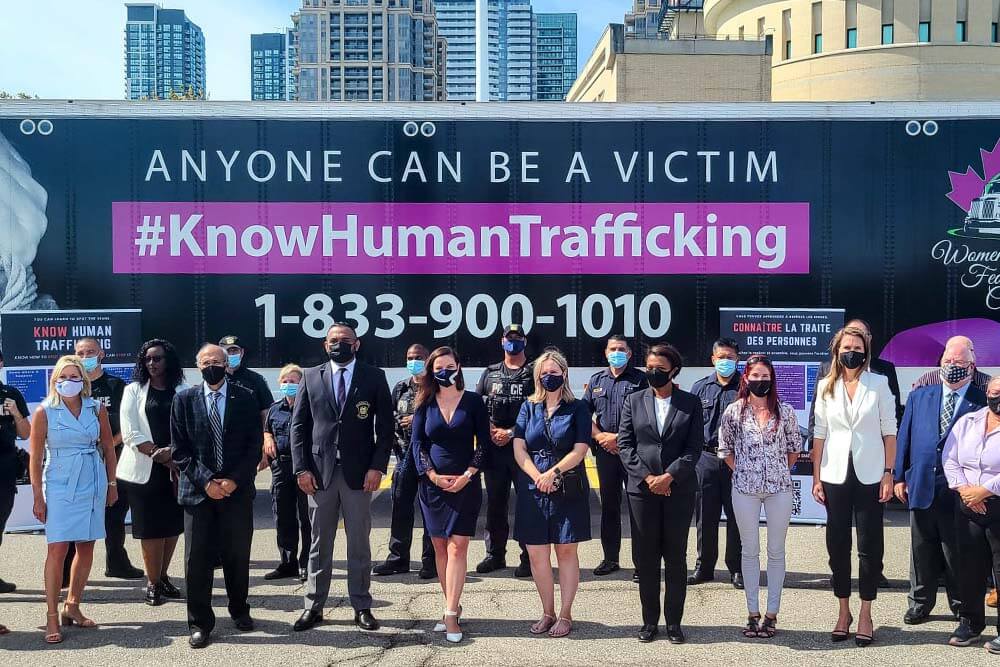
Photo: knowhumantrafficking.com
Cartels and other criminal organizations continue to make money by subjecting innocent people to modern-day slavery. The catch-phrase used to identify this crime is “human trafficking,” and upwards of 40 million people worldwide are victimized every year.
The U.S. Department of State indicates that fewer than 20,000 incidents of human trafficking occur each year, and only 511 incidents were reported in Canada during 2019. Many suspect that human trafficking rings are abusing hundreds of thousands of unknown victims. That’s why countries such as Canada now urge truck drivers to be law enforcement’s eyes and ears on the open road by undergoing a new program called Know Human Trafficking.
“Many of the victims of human trafficking are trafficked along our 400-series highways, so it’s important for our truck drivers to know the signs, so that they can identify and know what to do if they suspect somebody needs help,” Canada’s Transportation Minister Caroline Mulroney reportedly said.
Mulroney’s agency is reportedly investing upwards of $47,000 to develop a mandatory human trafficking awareness program that will educate truckers about identifying suspicious activities. The government partners with the Women’s Trucking Federation to hone their skills and report telltale signs people are being transported against their will, used for labor, or forced into prostitution.
“We’ve been a year working on all of this,” Shelley Walker from the Women’s Trucking Federation reportedly said. “We commonly, as truckers, refer to women who knock on our doors as lot lizards — slang for prostitutes — we even put stickers (on our trucks) telling them to stay away. They are not all prostitutes. A lot of them are victims.”
Walker spearheaded the awareness training program after working with human trafficking survivors for several years. She’s learned valuable first-hand lessons about the criminal underworld and how powerful crime syndicates target and exploit mostly vulnerable women and young girls for sex trafficking.
“Their worlds are so small. They only know their traffickers and johns. They may not have ID. They may now be drug-addicted. When I left, I only had the clothes on my back, nothing else,” human trafficking survivor Caroline Pugh-Roberts reportedly said. “A lot of it is done online now. But girls are still forced to work the streets, the tracks, and truck stops.”
The program highlights that truckers can help by watching for telltale signs such as the following.
- An individual doesn’t know their whereabouts.
- Someone lacks an ID or a passport.
- Someone’s access to communication appears restricted.
- They are not allowed to speak for themselves.
- They are being monitored by a third party.
- Vehicles drop off and pick up women used for prostitution.
- Signs of assault or other abuse.
The Know Human Trafficking awareness training is part of a larger effort by the Canadian government to prevent future abuse. The government has reportedly committed as much as $300 million for training, advocacy, and providing law enforcement with increased tools. Mulroney indicates that human trafficking awareness training for truck drivers may become mandatory in the near future.
Sources: 660citynews.com, trucknews.com











Leave a Comment